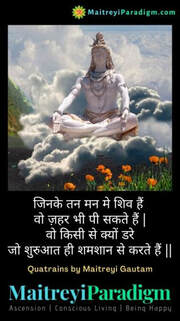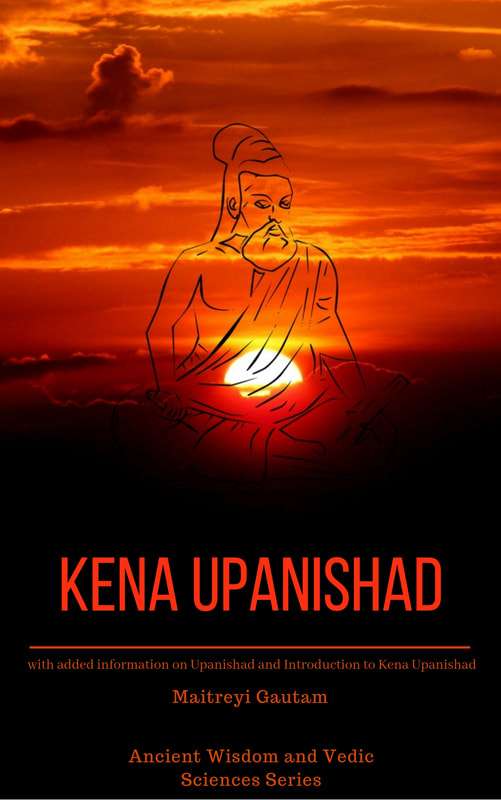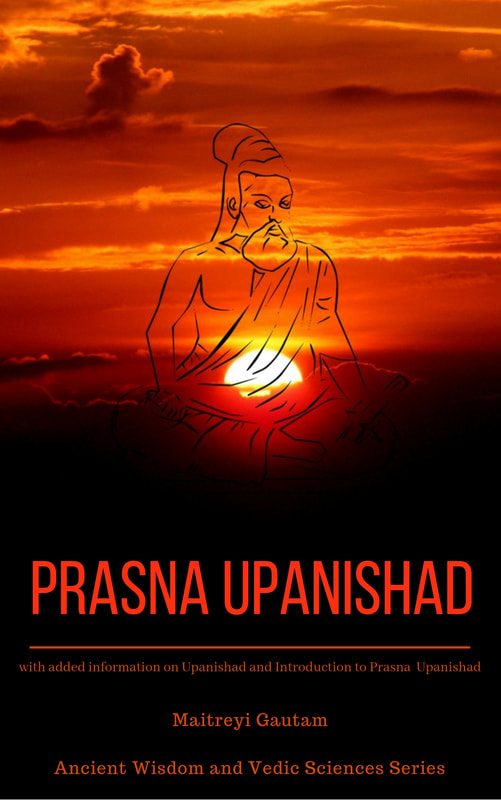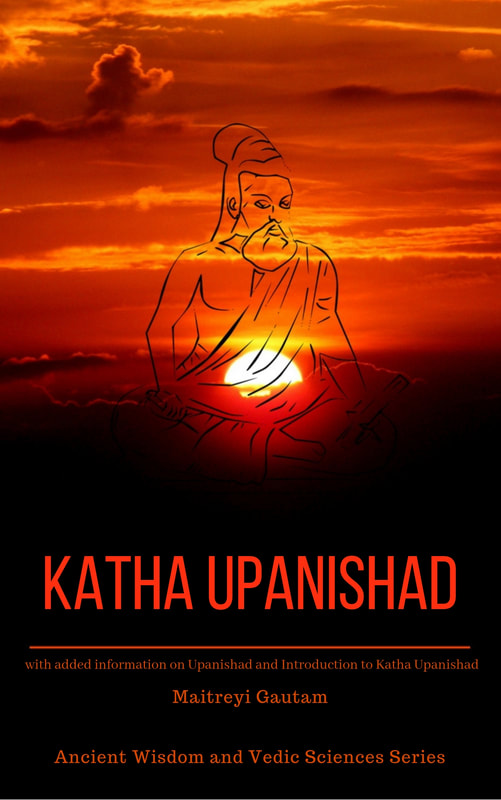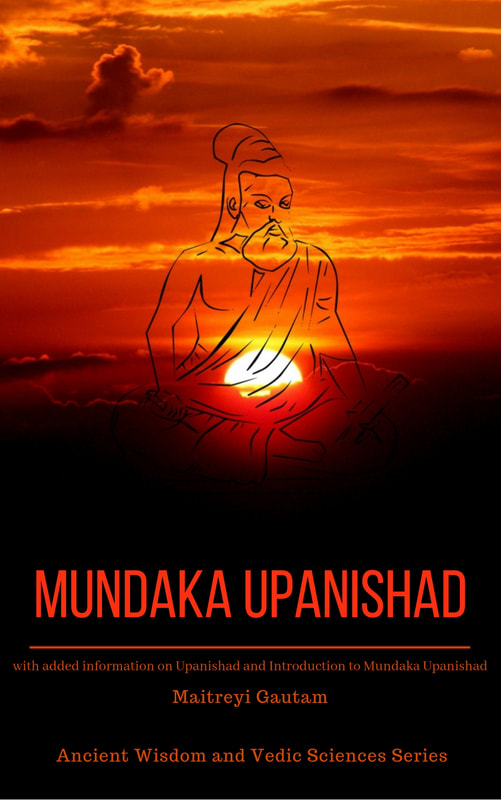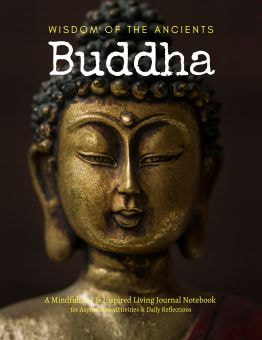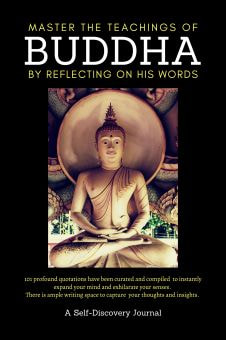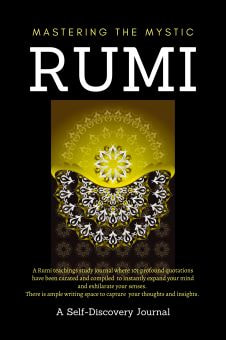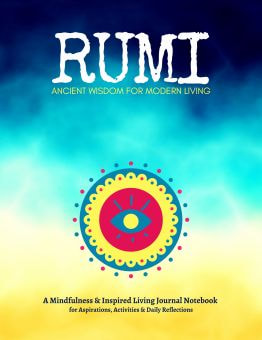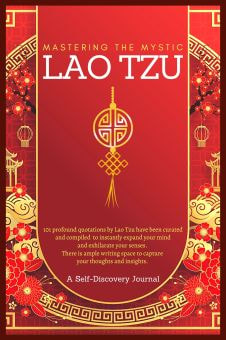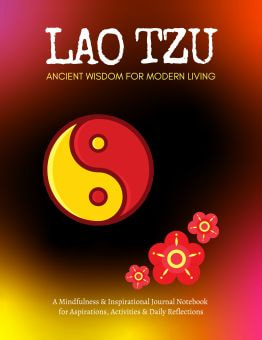Dev Diwali falls about fifteen days after Diwali and has profound spiritual significance...
- Celebration of Lord Shiva's Victory: Dev Diwali is primarily associated with the celebration of Lord Shiva's victory over the demon Tripurasura. Hence this day is also known as Tripurotsav or Tripurari Purnima. It is believed that Shiva killed the demon on this day, and the gods celebrated his victory by lighting diyas (lamps). It symbolizes the triumph of good over evil, light over darkness, and knowledge over ignorance.
- Honor to the Gods and Ancestors: This festival is often seen as a Diwali celebration for the gods, hence the name 'Dev Diwali'. People light lamps in honor of the gods and their ancestors, believing that on this night, the gods descend to Earth to bathe in the Ganga. This act is seen as a way to pay homage and show respect to divine forces and ancestral spirits.
- Illumination of Ghats in Varanasi: In Varanasi, the ghats (riverfront steps) of the Ganga are spectacularly illuminated with thousands of earthen lamps. This breathtaking sight is believed to offer homage to the Ganga, revered as a holy river and a goddess, and to invite her blessings.
- Spiritual Renewal and Purification: Dev Diwali is considered a time for spiritual renewal and purification. Bathing in the Ganga on this day is believed to purify one's soul and bring salvation. The lighting of lamps is also seen as a symbolic act of driving away spiritual darkness and igniting the light of wisdom and consciousness within.
- Community Celebrations and Unity: The festival is marked by joyous community celebrations, including cultural programs, fireworks, and boat rides on the Ganga. These communal activities foster a sense of unity, shared heritage, and cultural pride among people.
- Reflection and Prayer: Dev Diwali is a time for reflection and prayer. Devotees engage in various religious activities like offering prayers, singing hymns, and performing rituals, seeking divine blessings for health, wealth, and spiritual well-being.
In essence, Dev Diwali is a festival that encapsulates the essence of spiritual enlightenment, the celebration of the divine, respect for natural elements like the river Ganges, and the importance of community and cultural heritage in the spiritual journey. It is a vivid expression of India's rich spiritual and cultural tapestry.



